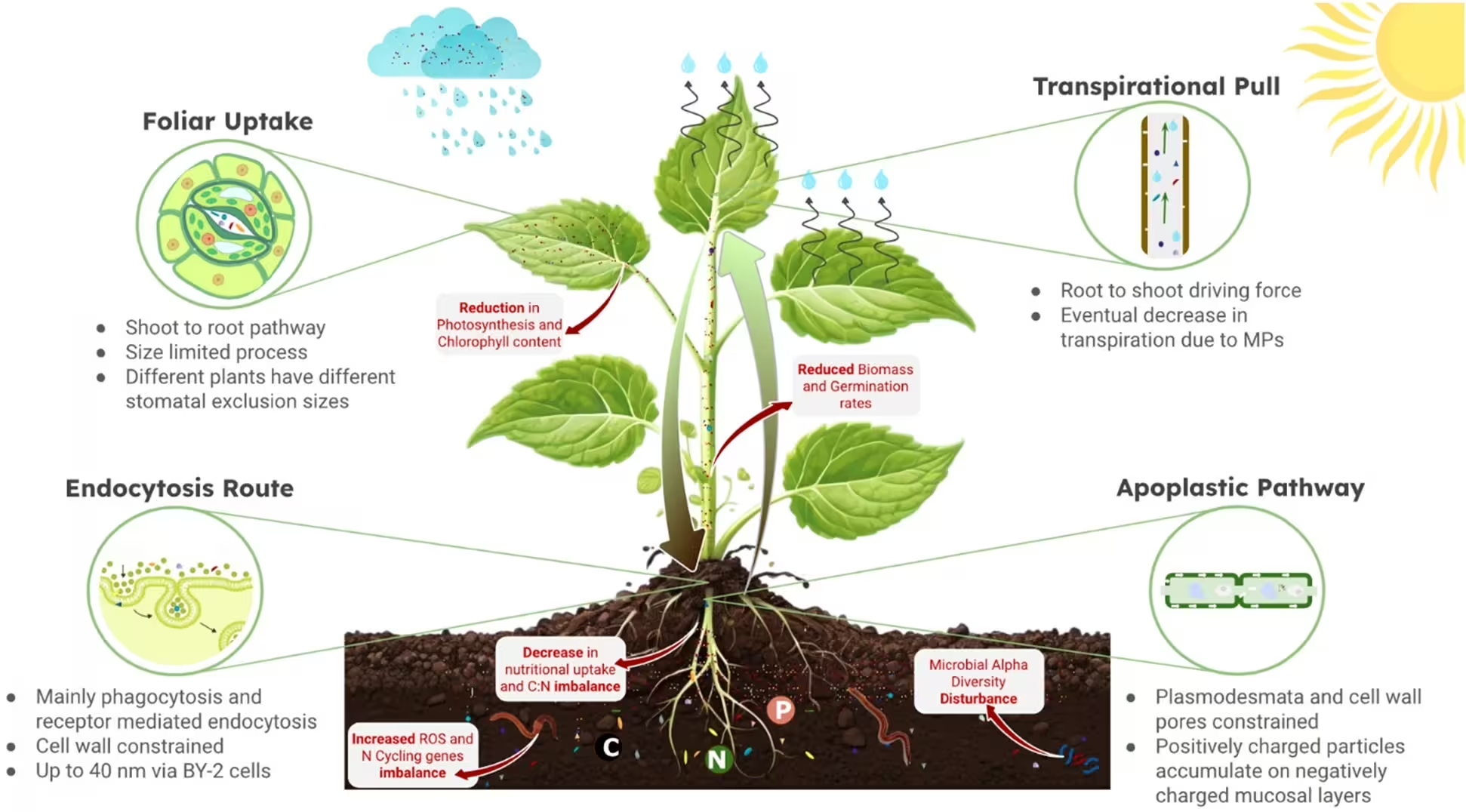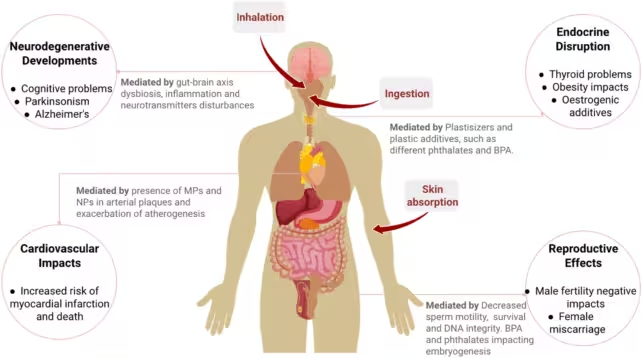4 Minutes
The Growing Threat of Microplastics in Agriculture
The prevalence of microplastics—microscopic fragments of plastic less than 5 millimeters in size—has emerged as a significant environmental and public health concern. Recent research is shedding light on a disturbing fact: microplastics are infiltrating agricultural soils worldwide, finding their way into crops and, ultimately, into our food chains.
Microplastics originate from various sources, including the breakdown of larger plastic debris, textile fibers, and even ingredients in fertilizers and sewage sludge. These tiny particles often carry hazardous chemical additives and persistent organic pollutants, raising concerns about their impact not only on the environment but also on human health.
Pathways Into Farmlands and Produce
A comprehensive scientific review led by environmental biotechnologist Joseph Boctor of Murdoch University, Australia, analyzed nearly 200 research papers to trace how plastic particles and their associated chemicals are entering agricultural systems. The findings are sobering: Across Europe and North America, hundreds of thousands of tonnes of microplastics make their way into farmland soils each year. In the United Kingdom alone, an estimated 22,500 tonnes of microplastics are deposited annually, mainly through the application of fertilizers and soil conditioners.
One major contributor is the widespread use of plastic mulch—a common agricultural practice where thin plastic sheets are laid over soil to conserve moisture, suppress weeds, and regulate soil temperature. While this method enhances crop yield and water efficiency, it also accelerates the introduction of microplastics and even smaller nanoplastics into the soil as these sheets weather and degrade.
Other significant sources include sewage sludge, biosolids, and organic fertilizers—substances often rich in microplastic contamination derived from wastewater treatment processes and consumer waste.

How Microplastics Enter the Food Chain
The journey of microplastics from soil to salad plate occurs through several biological pathways. Plant roots can absorb these particles from their surrounding environment using endocytosis, a process in which cells engulf external material. Microplastics may also cling to foliage and be taken in through leaf pores from airborne dust. Additionally, contaminated irrigation or rainwater can facilitate the movement of microplastics from soil into plant tissues. Scientific studies have identified microplastics within staple crops such as lettuce, wheat, and carrots.
"These microplastics are effectively turning productive farmland into reservoirs for plastic pollution," explains Dr. Boctor. He highlights the limited research into the effects of microplastics and their chemical additives on both global crop yields and human health, stressing the urgent need for greater transparency and scientific investigation.
Health Implications of Microplastics and Plastic Additives
Microplastics are not merely an environmental issue—they pose tangible risks to human health. Once ingested, they can accumulate in organs and tissues. Research links exposure to micro- and nano-sized plastics to a range of adverse health effects, including reduced male fertility, cardiovascular damage, hormone disruption, neuronal degeneration, and even genetic mutations. Particularly concerning, some studies have shown that microplastics and the chemicals used to manufacture them can cross the placenta, exposing unborn children to their potential hazards.

Among the most worrisome additives are phthalates—synthetic chemicals associated with endocrine and reproductive dysfunction—and polybrominated diphenyl ethers (PBDEs), which are flame retardants linked to increased cancer risk and toxicity in animal studies affecting the liver, thyroid, and immune systems.
As Dr. Boctor cautions, "This review aims to bring hidden dangers to light and call attention to policymakers and the public. The unchecked plastic crisis is unfolding in our bodies and ecosystems, often unnoticed yet systematically impactful."
Conclusion
The infiltration of microplastics into agricultural systems underscores an urgent and growing crisis. These particles not only threaten environmental sustainability but also represent a direct risk to food security and public health. As scientific evidence accumulates, addressing the sources and pathways of microplastic contamination will be essential to safeguarding both the planet's ecosystems and human well-being. Transparent regulation, innovative agricultural practices, and ongoing research will be crucial in minimizing plastic pollution's far-reaching impacts.


Comments